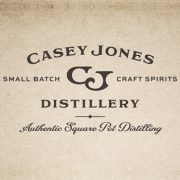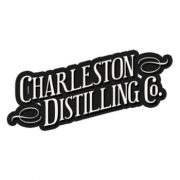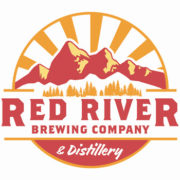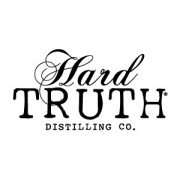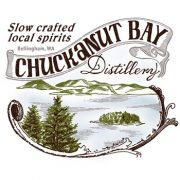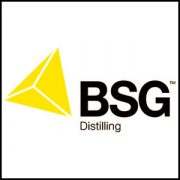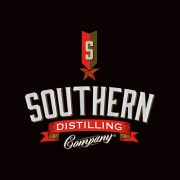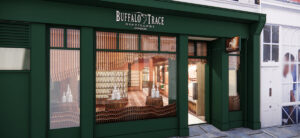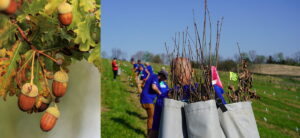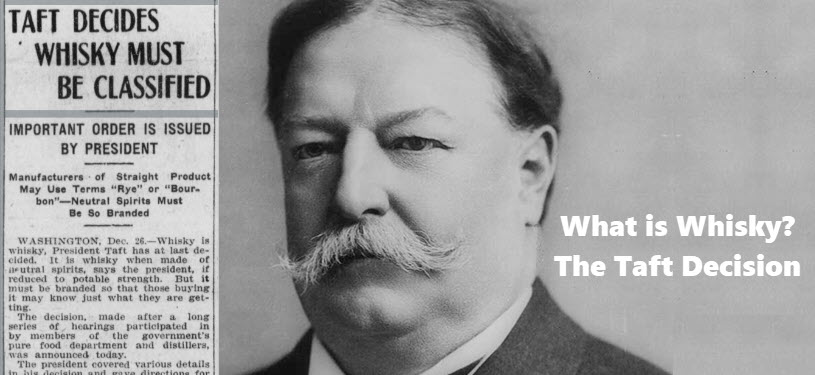
One of the earliest laws protecting consumers from fraudulent products was the Bottled in Bond Act of 1897. In short, the Bottled in Bond Act says that a distilled spirit must be composed of the same kind of spirit, produced in the same distilling season, stored for at least four years in a wooden container, be unaltered with the exception of the addition of water to get the final proof down to 100 proof (50% ABV). You can get the longer definition of What is Bottled in Bond here including the actual verbiage from the law.
Consumers today are accustomed to Bottled in Bond bourbon whisky but technically, the Bottled in Bond act applies to other distilled spirits as well. Distillers can produce a Bottled in Bond rum, brandy or even vodka.
What is Whisky? The Taft Decision Spells it Out
Prior to the Taft Decision of 1909 the term whisky was rather broad. Whisky included whisky that was aged in wood (think bourbon), rectified, re-distilled or from neutral spirits. Needless to say the true whisky makers were pleased Taft was finally going to define whisky but the rectifiers were not at all happy. But, that was exactly the point of what Taft was trying to accomplish. He wanted brands to take ownership of what was in their spirit and he wanted consumers to be made aware of what was in the bottle.
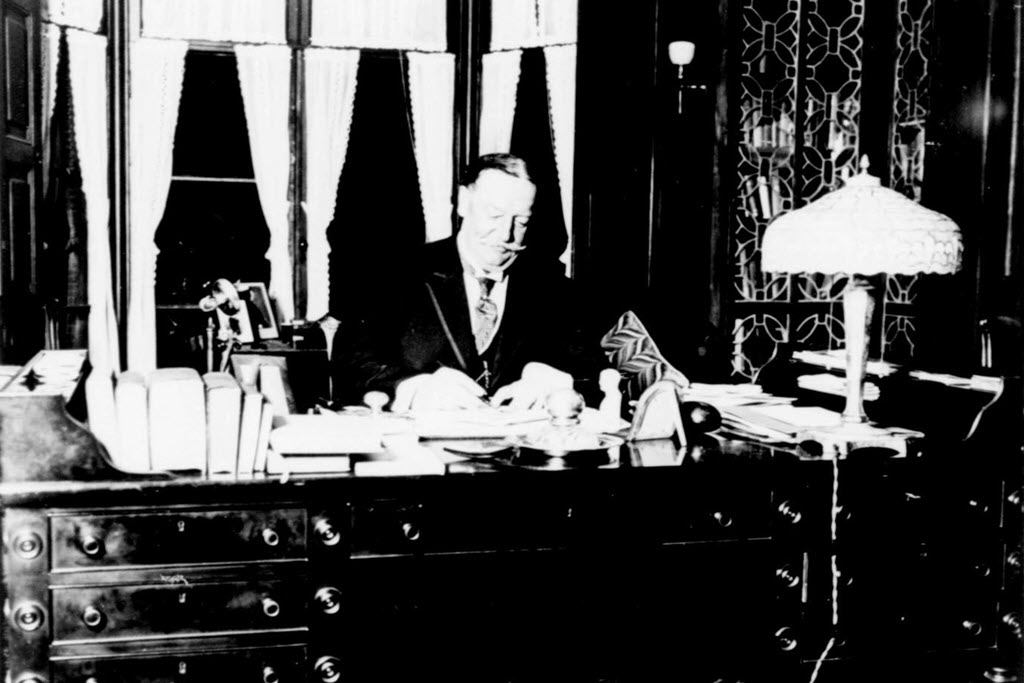
Stay Informed: Sign up here for the Distillery Trail free email newsletter and be the first to get all the latest news, trends, job listings and events in your inbox.
On December 26, 1909 President William Howard Taft finally answered the question with what is commonly referred to as the ‘Taft Decision’. For whisky distillers the Taft Decision was a late Christmas gift. For rectifiers the truth in advertising rules created with the Taft Decision was not so welcome. For the first time in American history consumers would know what was in their bottle of whisky.
Taft by trade was an attorney. William Howard Taft was elected the 27th President of the United States. He served one term from 1909 to 1913. Once he left the Presidency he served as Professor of Law at Yale until President Harding made him Chief Justice of the United States. He served as the tenth Chief Justice of the United States from 1921 until 1930. Taft was the only person to have served as both President of the United States and Chief Justice. To Taft the appointment as Chief Justice was his greatest honor; he wrote: “I don’t remember that I ever was President.”
Prior to his taking the office of the Presidency the Pure Food Law attempted to define what whisky is. The effort was led by Dr. Wiley the Chief Chemist in the U. S. Department of Agriculture. In 1906 while passing the Pure Food and Drug Act Wiley attempted to throw out more than 150 years of American history of what consumers and the industry commonly understood to be whisky.
Taft pointed out that what Mr. Wiley and his chemists tried to pass off as whisky was too limited and would exclude many of the whiskies that people had been drinking for years. It would also exclude imports like Scotch, Irish or Canadian whisky because it didn’t meet the proposed criteria. Instead, Taft focused on a broader definition that would include straight whisky, rectified, redistilled and neutral spirits. He also provided a range of what the highwines proof should be. Taft studied the issue for nearly all of 1909 until he released his ruling near the end of the year.
The President published his final ruling on December 26, 1909 and the next day The Taft Decision with the definition of whisky was front page news across the country. The majority of what is in his finding is still the law today while some parts have been modified. Probably the biggest change is he says, “‘straight whisky’ will be branded as such hereafter, but the brand may be accompanied by the legend ‘aged In wood’ and whisky made from rectified, distilled or neutral spirits will be branded so as to make known the principal ingredient. In addition, if they so desire, manufacturers of straight whisky also may use the word ‘Bourbon’ or ‘rye,’ as the facts may warrant.”
In today’s common spirits vernacular what he was calling “straight whisky” just referred to as “whisky: and the term “straight whisky” is now used to define a two year old bourbon or rye whisky.
Taft was so important to the whisky industry that the Kentucky Distillers’ Association recognized his work and placed him in the Kentucky Bourbon Hall of Fame in 2009 to celebrate the Centennial of his landmark ruling.
Now let’s travel back in time more than 100 years and be thankful that Taft stepped in and set the record straight on What is Whisky.
TAFT DECIDES WHISKY MUST BE CLASSIFIED
IMPORTANT ORDER IS ISSUED BY PRESIDENT
Manufacturers of Straight Product May Use Terms “Rye” or “Bourbon”—Neutral Spirits Must Be So Branded

WASHINGTON, Dec. 26 [1909]. — Whisky is whisky, President Taft has at last decided. It is whisky when made of neutral spirits, says the president, if reduced to potable strength. But it must be branded so that those buying it may know just what they are getting.
The decision, made after a long series of hearings participated in by members of the government’s pure food department and distillers, was announced today.
The president covered various details in his decision and gave directions for the proper branding of the various varieties of liquor, holding, among’ other things, that whisky made from a mixture of “straight” whisky and “neutral spirits” may be called a blend.
According to Mr. Taft’s instructions “straight whisky” will be branded as such hereafter, but the brand may be accompanied by the legend “aged In wood” and whisky made from rectified, distilled or neutral spirits will be branded so as to make known the principal ingredient. In addition, if they so desire, manufacturers of straight whisky also may use the word “Bourbon” or “rye,” as the facts may warrant.
The definition of “blends” is not made broad enough to include neutral spirits made from molasses and reduced to potable strength.
This article, the president says, cannot be labeled as whisky, but is rum.
Takes Wiley to Task
The president takes to task Dr. Wiley and other chemists for a “fundamental error” as to what the name “whisky” has Included in the last one hundred years, and also expresses the opinion that Mr. Bowers makes “too nice a distinction” in his deductions.
“If,” he said, speaking of the opinion of Mr. Bowers, “highwines at from 140 degrees to 160 degrees, when reduced to potable strength and containing a quantity of fusel oil and (favored by burned sugar, are whisky, as he has found, then the improvement in the process by continuous distillation so as to give a product of from 160 degrees to 188 degrees proof and still further to reduce its fusel oil is not to change its whole nature or to make what was genuine ‘whisky, ‘imitation whisky,’ because of a slightly reduced trace of ingredient.
“The distinction is too impracticable, in my Judgment, for the execution of the law.”
The president thinks such an order as his decision contemplates cannot do injustice.
“Those,” he says, “who make whisky of ‘rectified’, ‘redistilled’ or ‘neutral’ spirits cannot complain if, to prevent further frauds, they are required to use a brand which shall show exactly the kind of whisky they are selling.
“For that reason it seems to me fair to require them to brand their product as ‘whisky made from rectified spirits,’ or ‘whisky made from redistilled spirits,” or ‘whisky made from neutral spirits,’ as the case may be; and, if aged in the wood, as sometimes is the case with this class of whisky, they may add this fact.

“The public will be made to know exactly the kind of whisky they buy and drink. If they desire whisky they can get it by purchasing what is branded ‘straight whisky.’
“If they are willing to drink whisky made of neutral spirits, then they can buy it under a brand showing it; and if they are contented with a blend of flavor made by the mixture of straight whisky and whisky made of neutral spirits, the brand of the blend upon the package will enable them to buy and drink that which they desire.
“This was the intent of the act. It injures no man’s lawful business, because it insists on the statement of the truth of the label.
Cannot Complain
“If those who manufacture whisky made of neutral spirits and wish to call it ‘whisky’ without explanatory phrase complain because the ‘neutral spirits’ on the label takes away some of their trade, they are without just ground, because they lose their trade merely from a statement of the fact.
“The straight whisky men are relieved from all future attempts to pass off neutral spirits whisky as straight whisky. More than this, if straight whisky or any other kind of whisky is aged in the wood, the fact may be branded and this claim may be put forth to the public.
“The purpose of the pure food law is fully accomplished in respect to misbranding and truthful branding.”
The decision follows lines of conclusions reached by the royal commission of Great Britain and reverses the verdict of former President Roosevelt, former Attorney General Bonaparte, Solicitor General Bowers and Dr. Wiley, chief of the bureau of chemistry.
The Roosevelt-Bonaparte-Wiley order denied the use of the word “whisky” in branding to all liquor except “straight whisky,” the whisky which is aged in charred oak casks.
Mr. Bowers extended the use of the word to liquor made of “rectified” and “distilled” spirits.
President Taft goes a step further and includes blends and whisky made from “neutral spirits.” Elaborating his conclusions, the president says: “After an examination of all the evidence, it seems to me overwhelmingly established that, for a hundred years the term of ‘whisky’ in the trade and among the customers has Included all potable liquors distilled from grain; that the straight whisky is, as compared with the whisky made by rectification or re-distillation and flavoring and coloring matter, a subsequent improvement, and that, therefore, it is a perversion of the pure food law act to attempt now to limit the meaning of the term ‘whisky’ to that which modern manufacture and taste have the most desirable variety.”
Related Stories
What is Bottled in Bond?
Bottled in Bond Act Signed Into Law March 3, 1897 – The Law Explained by Fred & Bernie [Video]
How Whiskey Labels Earn Their Eagle Scout Badges [Infographic]
Bourbon: More American Than Apple Pie, Tobacco Spit & Rattlesnake Heads [Infographic]
Source: Los Angeles Herald December 27, 1909
Please help to support Distillery Trail. Sign up for our Newsletter, like us on Facebook and follow us on Instagram and Twitter.

